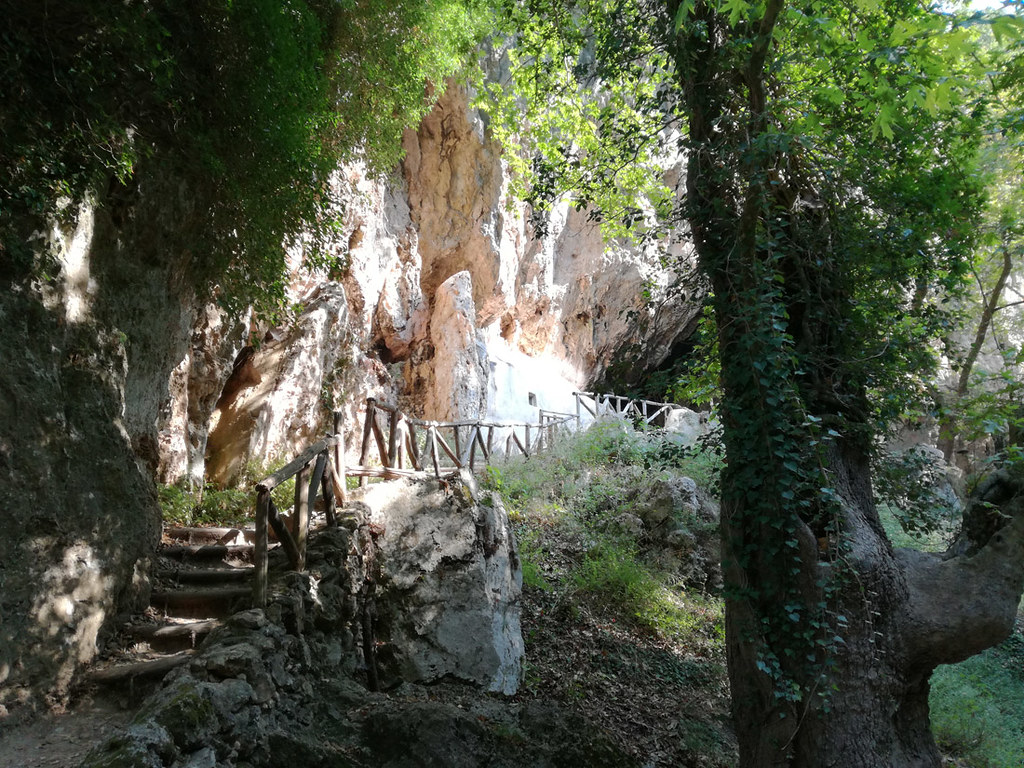Chania is the most necessary town of western Crete, established on the eastern part of Chania bay, on the website of the ancient town of Cydonia. The town existed till late Byzantine period, when it was totally ruined by the Saracens (828AD).
After the raid of the Arabs, the settlement was brought back, but remained a little and insignificant town. Due to the fact that of the tactical position and the worry of the Saracens, the Byzantines developed a new fortress on the hill now called Kastelli.
The Venetians, whose interests were well served by the town, rebuilt and occupied the city in 1252. They at first settled the Byzantine hill of Kastelli, where they built the Cathedral of Santa Maria, the prefect's palace and the homes of the Venetian officers. At the foot of the hill, different settlements of Greek handicraftsmen started developing, which were called burgs. The burgs were destroyed in 1266 by the Genoese basic Obertino Doria.
Later on, the Venetians picked to strengthen the town with walls, consisting of the burgs. The feudal lords asked the main government of Venice to construct a walled precinct that would consist of the entire populated region, as it had really established till then. The stronghold was lastly chose in 1336. The works began right now and were finished within twenty years. These were the first walls of La Canea castle, particularly Chania.
It appears that the walls did not use overall security because they were low and, therefore, they were later on altered. Nevertheless still these interventions did not sufficiently improve the safeguarding ability of Chania till 1536, when the Venetian military engineer Michel Sammicheli appeared in Chania and started developing new walls around the old ones.
The structure and construction of the brand-new walls began in 1536 and took 32 years to surface (1568 ), after some additions of Savorgnan and the Capital General Renier (1563 ). In order to construct the walls, 13.936 jobs were required. Every job was 12 and 18 days of work for those Cretans who stemmed from the mountain and lowland locations, respectively. The staff members were paid at the starting, however later were not utilized anything, apart from some olives, carobs and water. The total cost of the walls of Chania, combined with the expense of constructing the fortress of Thodorou islet, reached 87,000 ducats.
The walls had practically square shape, with a general border of 3085m, while a trench of 1942m, 10m depth and 50m width ran parallel to the walls. There were 4 bastions in the corners of the wall with a rampart on every one of them.
In the northwest corner was the bastion of San Salvatore or Venier or Griti, with the rampart of Revelino San Salvatore.
In the southwest corner was the bastion of San Dimitrio or Schiavo with the rampart of Lando.
In the southeast corner was the bastion of Santa Lucia with the rampart of Santa Lucia.
In the northeast corner was the bastion of Sabionera or Monecigo with the rampart of Revelino Michel.
The embankments that were required were constructed by the prefect Leonardo Loredan. The gate Retimiota (of Rethymno) was likewise developed on the west side the walls, called after the street to Rethymnon that begun with there.

Another gate was constructed on the east side of the walls. It was expulsion of Sand (Sabionera), while on the western side was eviction Porto San Salvatore. All 3 gates could open to outwards without being secured by the ramparts, contrary to evictions of Candia (Heraklion).
The castle of Chania, 15 years prior to the conquest of Crete by the Turks in 1630, was geared up with 319 canons, 30695 canon balls and 413.274 pounds of gunpowder. Regardless of this strong strongholds, General Del Monte in 1591 discussed that the town's defense was incorrect and recommended that it needs to be transferred to the website of ancient Aptera, neglecting Souda Bay. According to Del Monte the walls of the city were weak given that there were exceptionally sharp angles, leaving some sides vulnerable, were narrow in some places and the ramparts were extremely little. As prepared for, this proposition was never ever licensed by Venice.
The Turks conquered Chania on August 22, 1645, after opening a fracture in the walls, near the bastion Shiavo. They right away brought back the screwed up walls and later renovated and https://agreekadventure.com/things-prefecture-chania-akrotiri/ modernized them. They renamed eviction of Sabionera to Kum Kapi and eviction Retimiota to Kale Kapisi (Castle gate). Near Retimiota gate the Turk constructed the mosque of Hussein Pasha, the turret of which was utilized for purchasing closing or opening eviction. This gate was from where the last Turkish soldier left Chania on November 3, 1898.
In front of the door Kale Kapisi was a square, now called Kotzampassi, with a tree on which the Turks hung the Christians. The Bishop of Kissamos region, Melchizedek, was likewise hung here in 1821.
The walls of the castle of Chania were in good condition till the early 20th century, when the were demolished for constructing houses and flat blocks. Today there is nearly nothing left on the south side, while the visitor can see some walls parts of the west side (bastion Shiavo, rampart Lando, bastion San Salvatore or Firkas).

